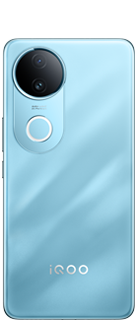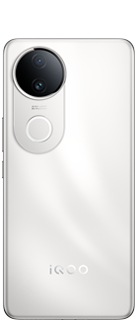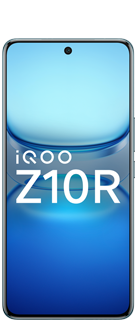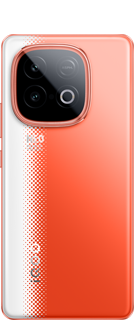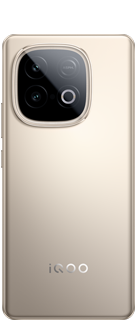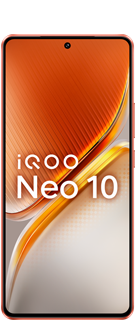Inter Farantial Therapy (IFT)
*What is Interferential Therapy (IFT)?*
IFT is a non-invasive, pain-free electrotherapy modality used in physiotherapy to relieve pain, reduce inflammation, and promote healing. It involves the application of two high-frequency electrical currents that intersect to produce a therapeutic effect.

*Mechanism of Action:*
1. *Electrode placement*: Four electrodes are placed around the affected area, with two electrodes on either side.
2. *High-frequency currents*: Two high-frequency currents (typically 4000-4500 Hz) are applied through the electrodes.
3. *Interference pattern*: The two currents intersect, creating an interference pattern that penetrates deeper into the tissue.
4. *Therapeutic effect*: The interference pattern stimulates nerve endings, increasing blood flow, reducing pain, and promoting relaxation.
*Physiological Effects:*
1. *Pain relief*: IFT stimulates the release of endorphins, the body's natural painkillers.
2. *Reduced inflammation*: IFT increases blood flow, reducing inflammation and promoting healing.
3. *Muscle relaxation*: IFT relaxes muscle spasms and reduces muscle tension.
4. *Improved circulation*: IFT increases blood flow, promoting the delivery of oxygen and nutrients to affected tissues.
*Clinical Applications:*
1. *Pain management*: IFT is effective in managing chronic and acute pain, including back pain, arthritis, and post-operative pain.
2. *Inflammation reduction*: IFT reduces inflammation and promotes healing in conditions like tendinitis and bursitis.
3. *Muscle relaxation*: IFT relaxes muscle spasms and reduces muscle tension in conditions like whiplash and fibromyalgia.
4. *Wound healing*: IFT promotes blood flow and tissue oxygenation, enhancing wound healing.
*Contraindications and Precautions:*
1. *Pacemakers*: IFT is contraindicated in patients with pacemakers.
2. *Metal implants*: IFT is contraindicated in patients with metal implants.
3. *Pregnancy*: IFT should be used with caution in pregnant women.
4. *Skin conditions*: IFT should be used with caution in patients with skin conditions like eczema or psoriasis.
*Physiotherapist's Role:*
1. *Assessment*: Assessing the patient's condition and determining suitability for IFT.
2. *Electrode placement*: Placing electrodes correctly to ensure optimal treatment.
3. *Intensity and duration*: Adjusting intensity and duration based on patient comfort and response.
4. *Monitoring*: Monitoring patient response and adjusting treatment as needed.
_Electrode Placement:_
1. _Identify the treatment area_: Determine the specific area of pain or inflammation.
2. _Clean the skin_: Ensure the skin is clean and dry before placing the electrodes.
3. _Place electrodes_: Place four electrodes around the treatment area, two on each side.
4. _Electrode orientation_: Place the electrodes at right angles (90 degrees) to each other.
_Specific Electrode Placement:_
1. _Lower back pain_: Place the electrodes in the lumbar region, with two electrodes on each side of the spine.
2. _Neck pain_: Place the electrodes in the cervical region, with two electrodes on each side of the neck.
3. _Knee pain_: Place the electrodes in the knee region, with two electrodes on each side of the joint.
4. _Shoulder pain_: Place the electrodes in the shoulder region, with two electrodes on each side of the joint.
_Important Considerations:_
1. _Avoid bony prominences_: Do not place electrodes directly over bony prominences.
2. _Avoid sensitive areas_: Do not place electrodes on sensitive areas, such as the face, chest, or abdomen.
3. _Adjust intensity_: Adjust the intensity according to patient comfort.
Remember, correct electrode placement is crucial for effective IFT treatment.
Hope u all like this thread and learnt something differently.
@Nipun Marya@iQOO Connect@Parakram Hazarika@NITIN@RZ Nitin@Naveen Yerradla@Akshay Naik@RockyFTW@@ali@JStreetS@SHIVANI MISHRA
Till then keep questing from your co quester @@ali
Please sign in
Login and share
